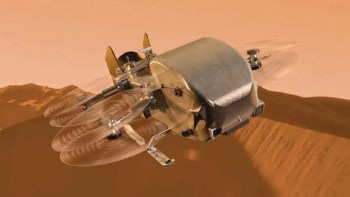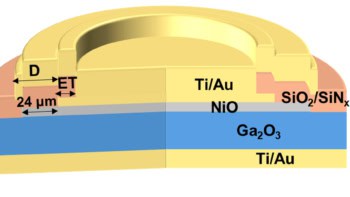Two international research teams have shared this year's €1m Descartes prize from the European Union for developing polymeric light-emitting displays and for improving the efficiency of satellite positioning systems. The prize, which is now in its fourth year, is designed to reward "outstanding transnational science and technology research". A total of 230 research teams entered this year's competition.
One award, worth €700 000, has been given to a team led by Richard Friend at Cambridge University in the UK for developing technology that could replace conventional glass and silicon-backed displays with much more flexible plastic substrates. The work originated with the chance discovery by Friend’s group in 1989 that certain semiconducting polymers can emit light. It was soon realized that these materials could be coated onto plastic to create flexible displays, but early devices were not efficient and lasted for little more than a few hours.
The various partners in Friend’s team – including Philips, Cambridge Display Technology and three other firms in Belgium, Germany and Sweden – have helped to commercialize the technology and develop longer-lasting and more efficient polymers. Last year Philips launched the first product containing a polymer light-emitting display, which appeared on its top-of-the-range “Spectra” shaver. Although such displays are still based on glass and silicon, the research could eventually lead to roll-up televisions and computer screens.
The remaining €300 000 of the prize goes to a team led by Veronique Dehant of the Royal Observatory of Belgium, in association with researchers from eight other countries. They have produced a highly accurate computer model that can predict future variations in the Earth’s axis caused by the pull of the Sun and the Moon. The model will help to improve the accuracy of global satellite positioning and navigation systems from 2 metres to just 2-3 centimetres and increase the reliability of geophysical measurements.



